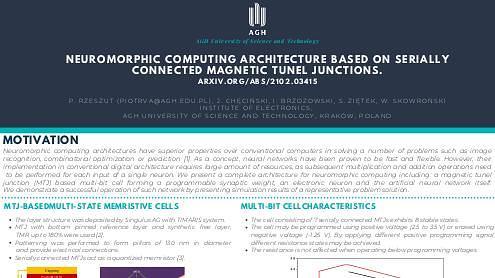Would you like to see your presentation here, made available to a global audience of researchers?
Add your own presentation or have us affordably record your next conference.
keywords:
peer review process and models
editorial and peer review process
artificial intelligence
Objective Editorial decisions can depend on factors, like the timing of submissions or the matching of editors and reviewers, that are independent of the quality of the work. This analysis investigates associations of these and other external factors with editorial outcomes at eLife, a major biomedical journal.
Design This study analyzed whether timing of submission (weekend vs weekday) was associated with the decision to send manuscripts for external review among senior editors, who can desk-reject submissions; compared peer review manuscript ratings by reviewer volume; and assessed whether submission time of month or year, preceding decisions to reject or review a manuscript, and matching of reviewer to manuscript specialty influenced editorial decisions. Data were analyzed by single variable regression.
Results Between January 2016 and December 2018 eLife received 23,190 total submissions, 6498 of which were sent for review. Among senior editors (n = 65), proportions of manuscripts sent for external review ranged from 9.6% to 49.3% and were statistically significantly lower on weekends (mean, 24% SD, 1.3%) than on weekdays (mean, 29% SD, 0.6%; P < .001), an association observed for most senior editors. Average peer reviewer rating (range, 0-1) increased with volume category: mean of 0.453 (SD, 0.003) for 1 to 5 submission reviews; 0.463 (SD, 0.008) for 6 to 10 submissions; and 0.472 (SD, 0.007) for 11 or more submissions, and reviewers’ ratings increased with successive reviews. In a nonquantitative inspection of submission and decision trends, submission time of month or year, preceding decisions to reject or review a manuscript, and matching of reviewer to manuscript specialty did not appear to influence editorial decisions.
Conclusions This study found a statistically significant association between timing of submission during the week and editorial decisions. Peer reviewer ratings increased with review volume. Submission time of month or year, preceding decisions to reject or review a manuscript, and matching of reviewer to manuscript specialty did not appear to influence editorial decisions.
Conflict of Interest Disclosures None reported.
Funding/Support This research is supported by National Science Foundation SCISIPBIO (A Science of Science Policy Approach to Analyzing and Innovating the Biomedical Research Enterprise) project 2022435.
Additional Information We thank Andy Collings and James Gilbert from eLife for sharing the data and providing explanations and eLife’s editorial leadership team for input and suggestions.


